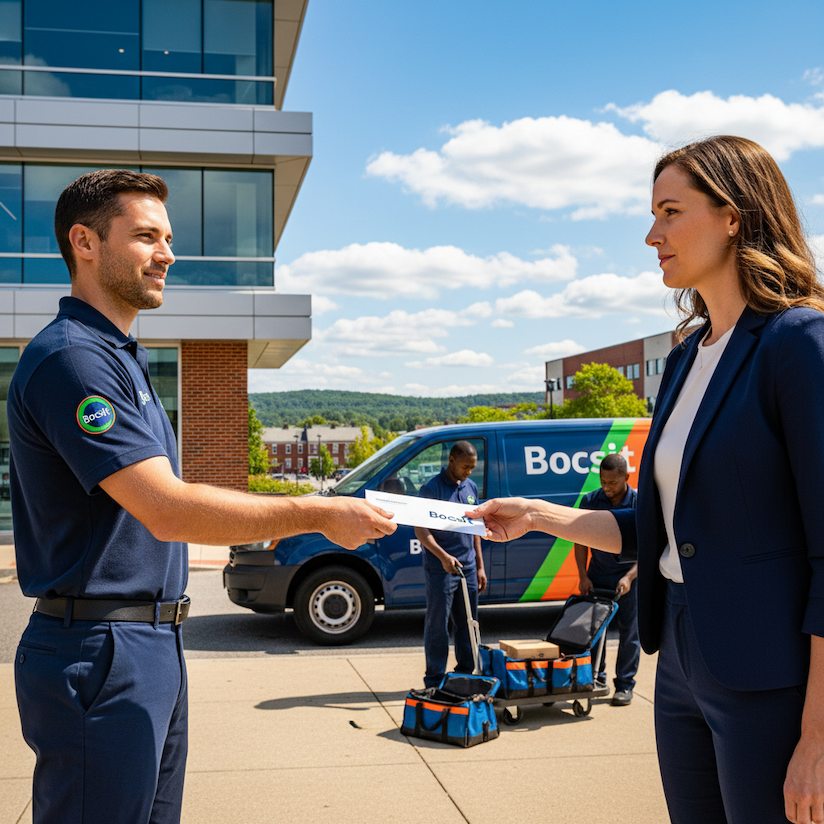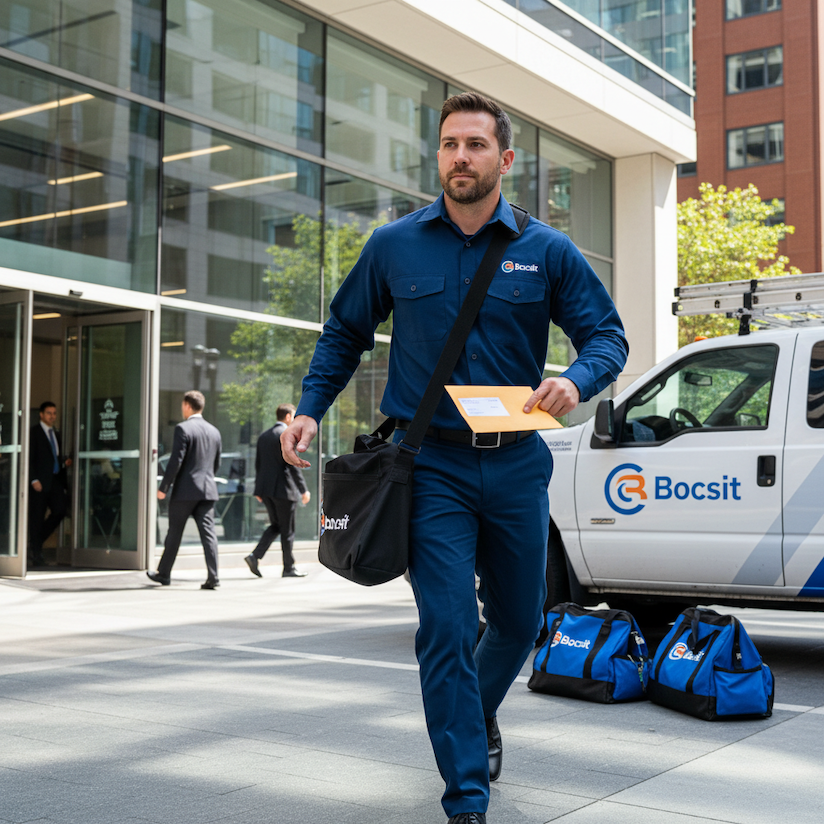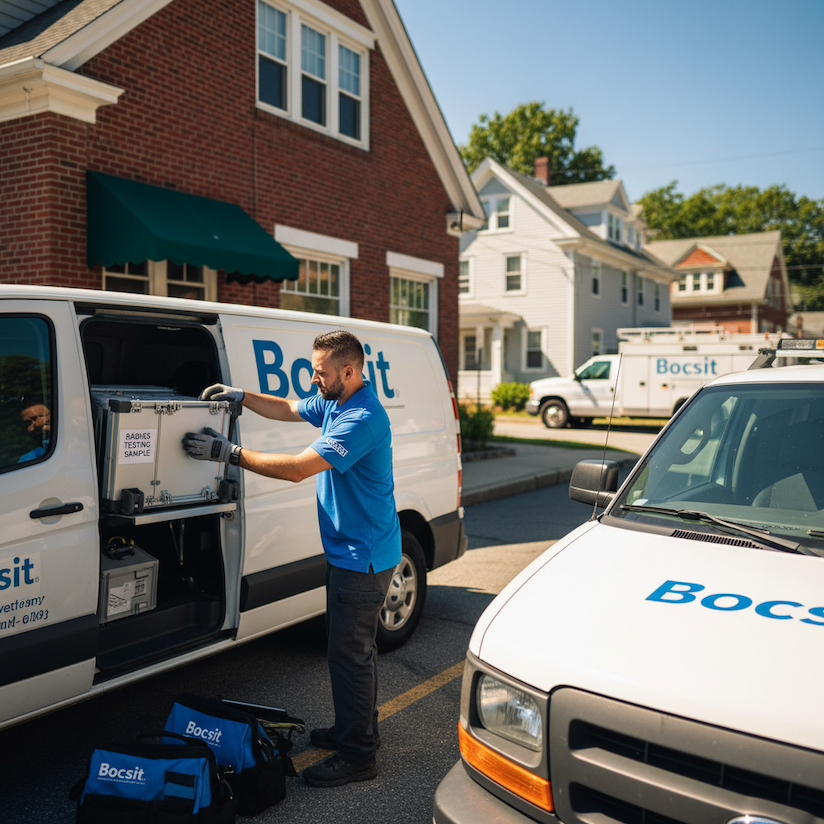A Critical Aspect of Courier Services

In the realm of healthcare, the prompt and reliable delivery of medical supplies, specimens, and pharmaceuticals is not just a convenience—it's often a matter of life and death. Emergency medical deliveries, a specialized segment of courier services, play a pivotal role in the healthcare system's ability to provide timely care. This service ensures that critical medical items reach their destinations quickly and safely, supporting both emergency responses and ongoing patient care.
The Vital Role of Emergency Medical Deliveries
Emergency medical deliveries encompass a wide range of services, from transporting urgent medical specimens for testing to delivering life-saving medications and equipment directly to patients or healthcare facilities. These services are integral to the functioning of modern healthcare systems, facilitating rapid diagnostics, treatment, and patient management.
Timely Transport of Specimens
The timely analysis of medical specimens can be crucial for patient diagnosis and treatment. Emergency medical couriers ensure that specimens reach laboratories as quickly as possible, often utilizing specialized transportation conditions to maintain specimen integrity.
Delivery of Pharmaceuticals
For patients with chronic conditions or those in need of urgent medication, the prompt delivery of pharmaceuticals can be life-saving. Emergency medical delivery services ensure that medications are not only delivered quickly but also handled and stored correctly to preserve their efficacy.
Supply of Medical Equipment
In situations where medical equipment is urgently needed—be it in a hospital setting or for home care—emergency medical delivery services can provide rapid transportation. This includes everything from oxygen tanks and ventilators to personal protective equipment during a public health crisis.
Challenges in Emergency Medical Deliveries
The stakes are incredibly high in emergency medical deliveries, and the challenges are unique. Couriers must navigate time pressures, maintain the integrity of sensitive items, and comply with healthcare regulations. The logistics of coordinating such deliveries require expertise, precision, and a deep understanding of the healthcare landscape.
Compliance and Security
Handling and transporting medical items require adherence to strict regulatory standards, including those related to patient privacy (HIPAA in the United States) and the safe transport of hazardous materials. Couriers must be trained to meet these standards, ensuring that every delivery is compliant and secure.
Speed vs. Safety
While speed is of the essence, it cannot come at the cost of safety. Couriers must balance the urgency of deliveries with the need to maintain the integrity of medical items through proper handling and temperature control, as required.
Geographic Challenges
Emergency medical deliveries can be needed in a wide range of locations, from urban centers to remote areas. Couriers must be equipped to navigate diverse geographic challenges, ensuring timely delivery regardless of destination.
The Future of Emergency Medical Deliveries
As technology advances, so too do the capabilities of emergency medical delivery services. Innovations such as drone delivery and advanced tracking systems are beginning to complement traditional courier services, offering new possibilities for speed and efficiency. These technological advancements promise to further enhance the reliability and effectiveness of emergency medical deliveries, potentially transforming the speed at which healthcare can respond to patient needs.
Emergency medical deliveries are a critical aspect of courier services, playing an indispensable role in the healthcare system. By ensuring the rapid and secure transportation of medical supplies, specimens, and pharmaceuticals, these services support the timely care and treatment of patients. As healthcare continues to evolve, the importance of efficient, reliable emergency medical delivery services will only grow, underscoring their role in saving lives and improving patient outcomes.


















